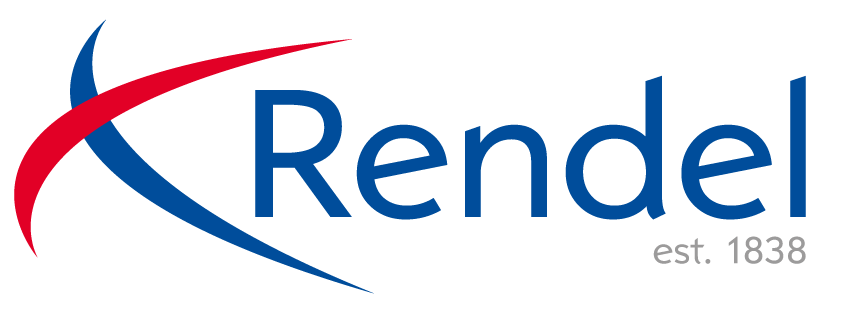SANRAL identified the need for the capacity upgrading and road user safety of this portion of National Road 7 Section 4 at the Olifants River crossing in South Africa. This section of the road was part of the overall N7 upgrading and it was decided to construct a new bridge over the Olifants River in lieu of widening of the existing bridge due to structural capacity considerations. The Olifants River Bridge is located within the boundaries of the West Coast District Municipality in the Western Cape Province of South Africa.
Built as a railway bridge in the 1970s, the existing Olifants River Bridge had fallen into disrepair with cracks being reported. A Rendel and Ingerop South Africa joint venture was appointed by SANRAL to carry out a peer review of the design of the Olifants River Bridge crossing (B2435A) on National Route N7 Section 4 near Trawal, in the Western Cape. The low-arch bridge was designed by Aurecon, a well-established South African engineering firm.
The main span of the new Olifants River Bridge consists of an arch spanning 96.6 metres. On the northern side of the arch, there are three spans of 14.6 metres each and on the southern side two spans of 13.8 metres each, giving a total bridge length of 168 metres.
Piers are situated on the arch, providing seven spans each 13.8 metres long. The deck consists of a reinforced concrete, continuous twin spine solid slab with diaphragm beams at each pier. The arch is a split arch with one arch under each rib with connecting beams at each pier, forming a ladder type structure. The piers on the arch are twin column type piers integral with the arch and with concrete hinges near the deck. The abutments are solid cantilevers with return walls.
The overall width of the bridge will be 12.25 metres, allowing for two 3.7 metre-wide lanes, 1.0 metre-wide shoulders and a 1.5 metre-wide sidewalk. Precast concrete F-shape parapets of 1.1 metre high will be provided. The bridge will be founded on shallow rock.
Rendel and Ingerop South Africa’s work included a peer review and independent checks involving geotechnical and bridge structural engineering, investigative/modelling and analysis work, and expert guidance and recommendations.

